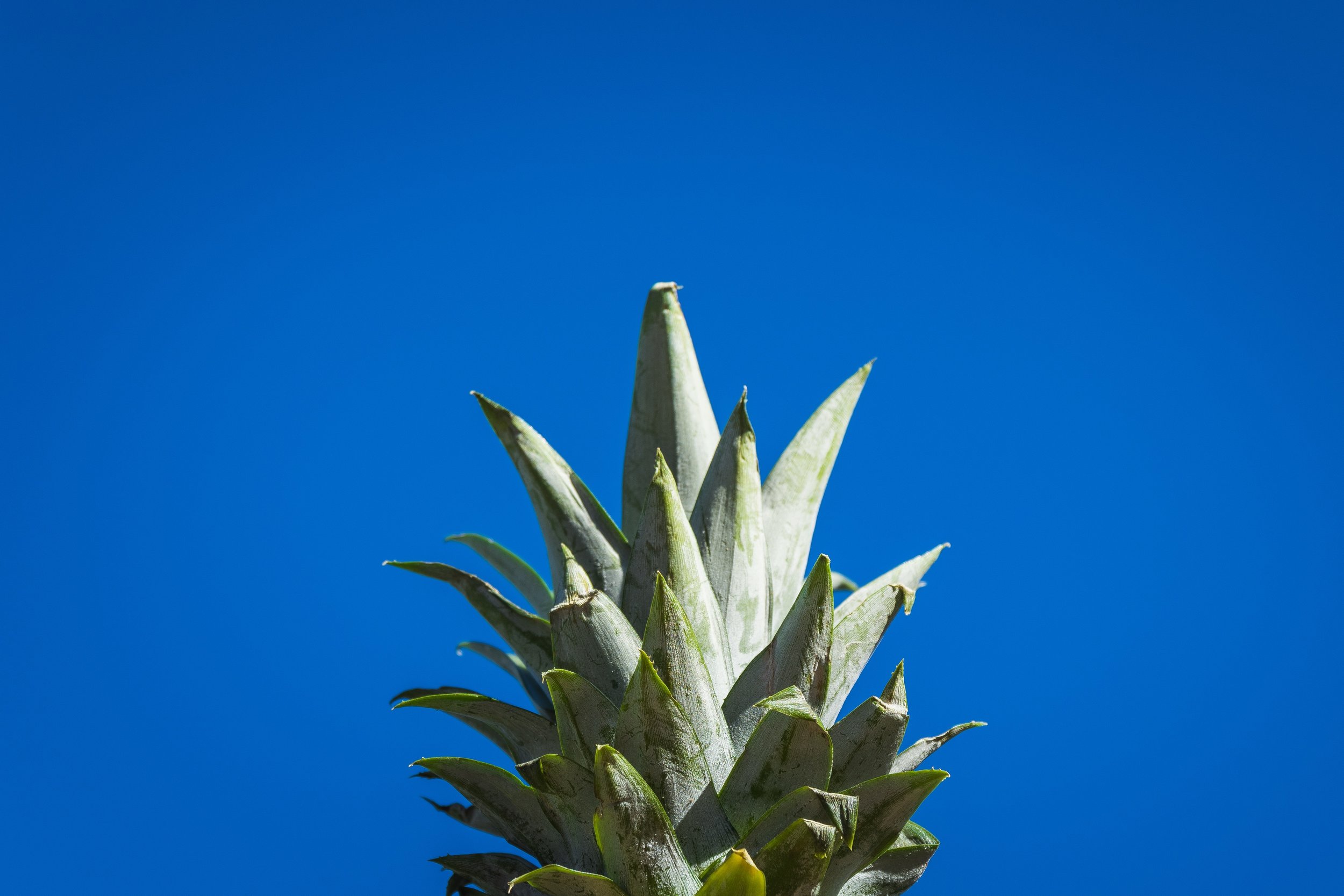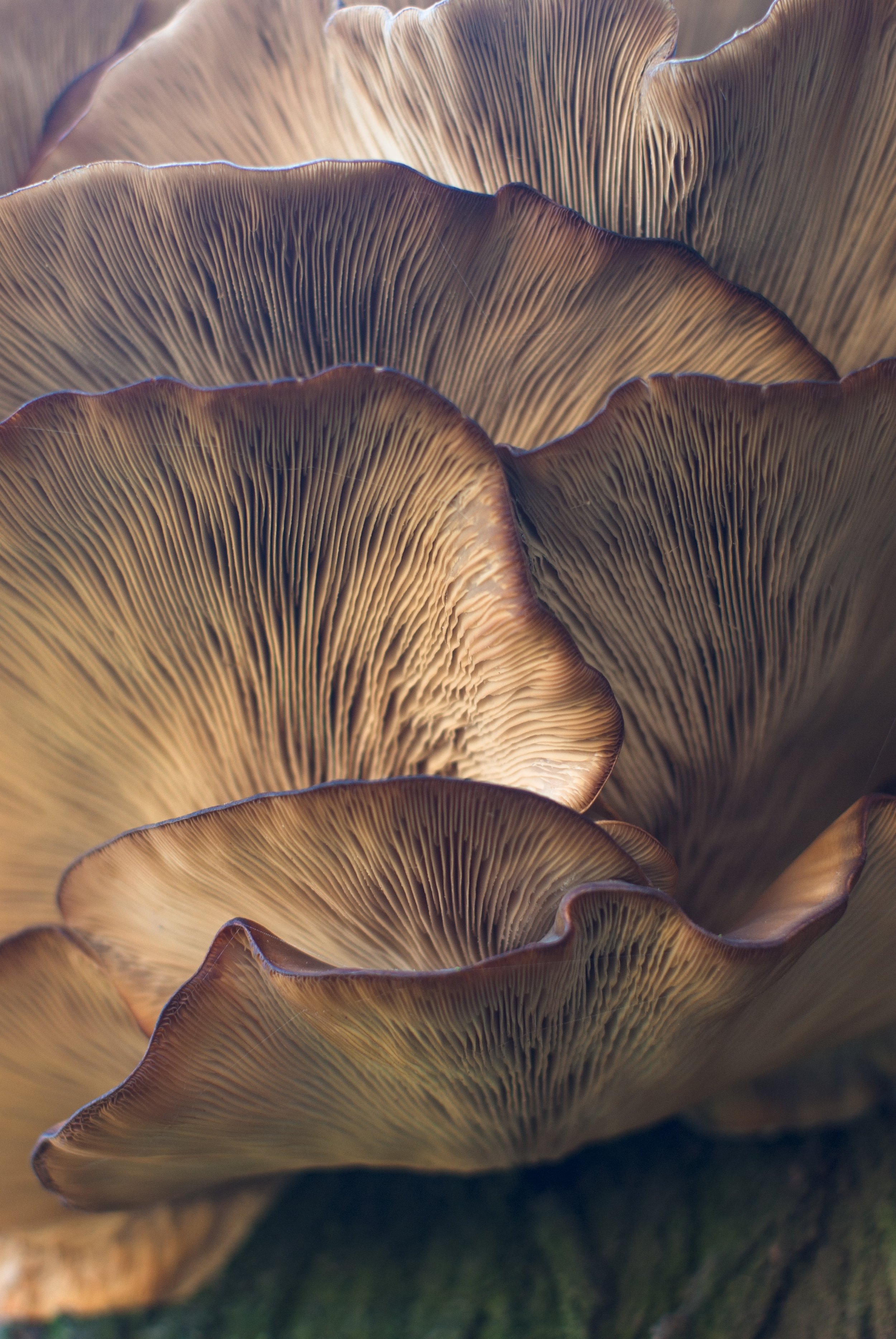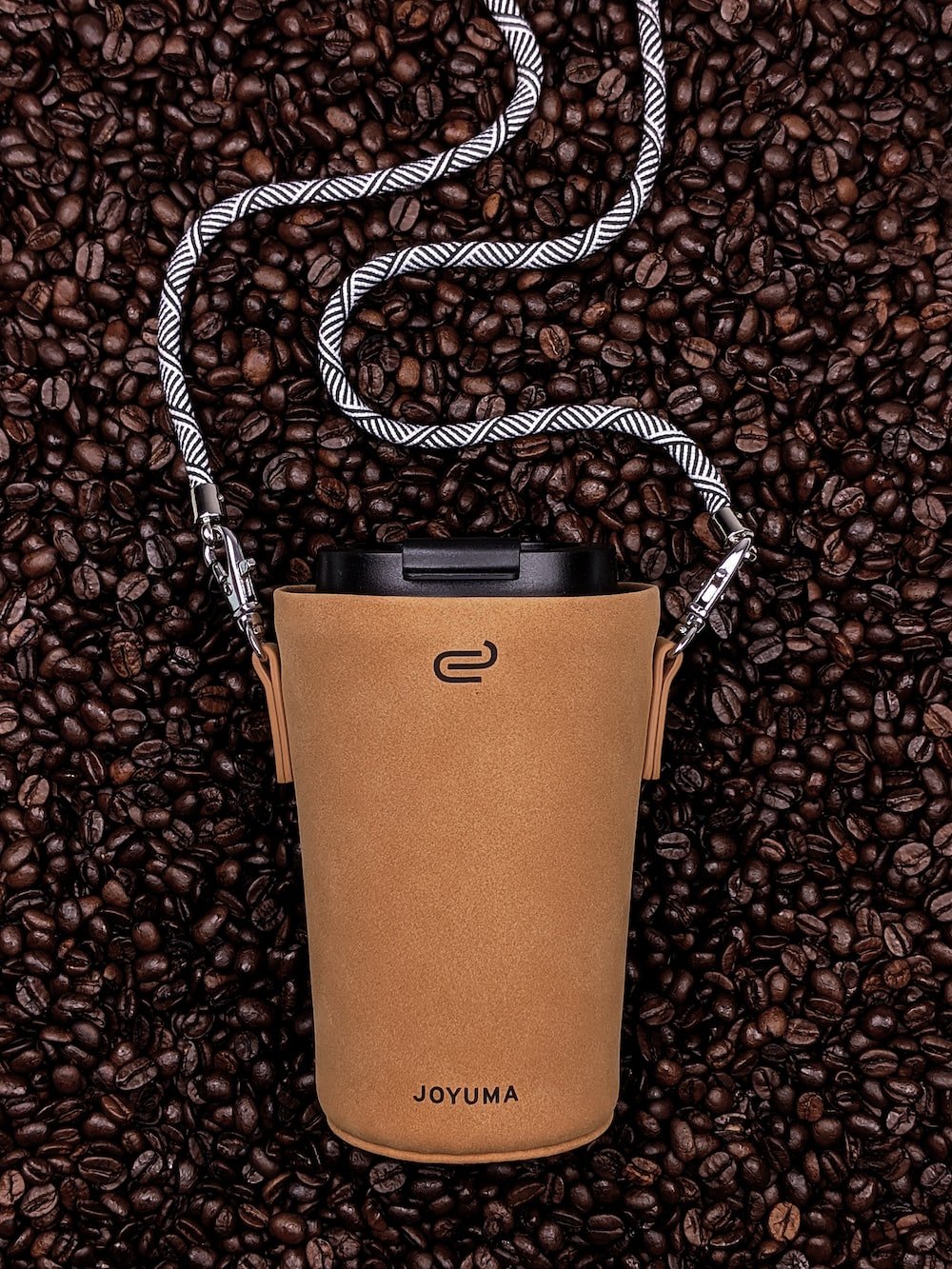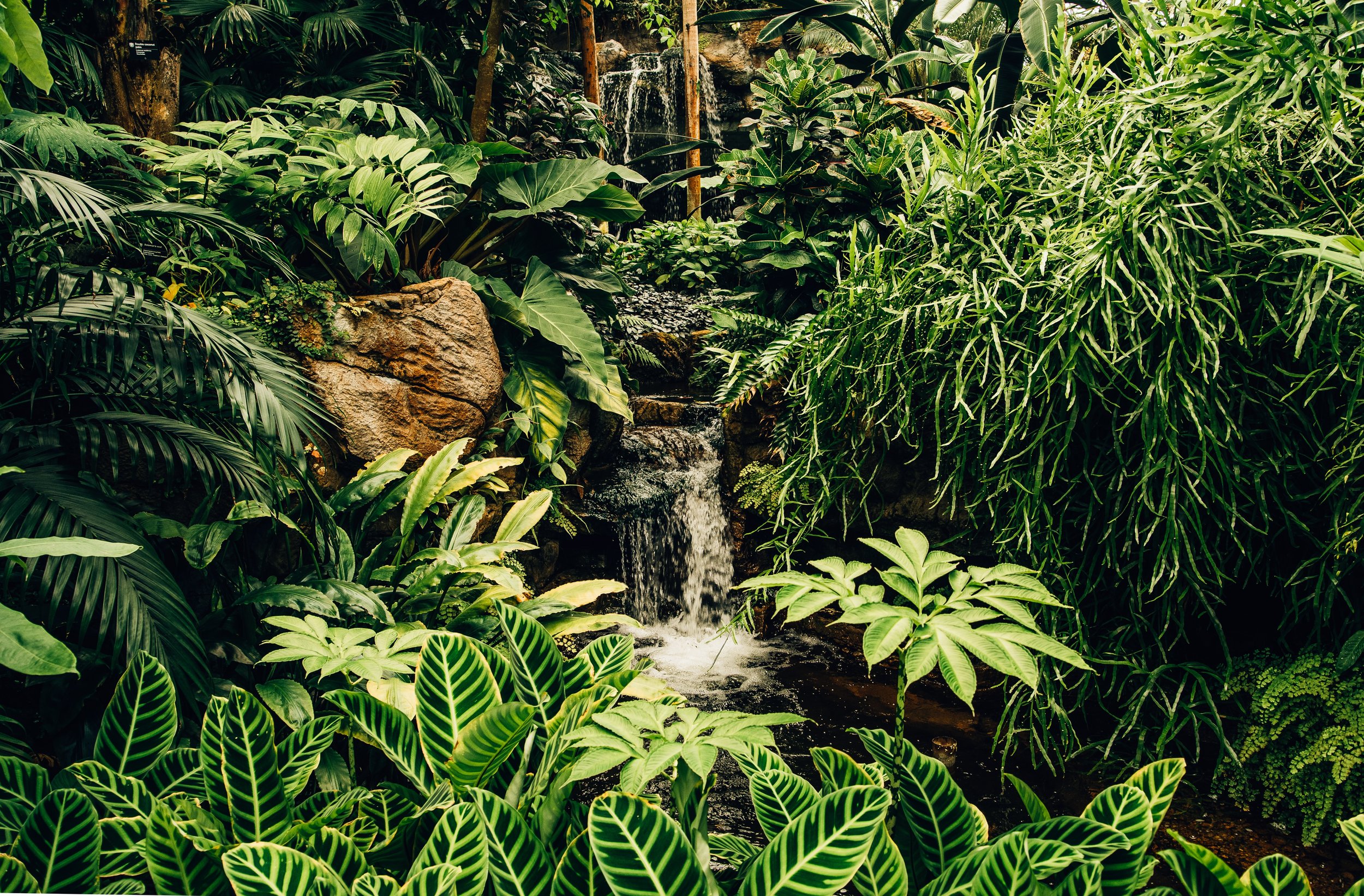What Is Vegan Leather? A Compassionate and Sustainable Alternative
Veganism isn't just about what you eat; it extends to all aspects of life, including fashion. The rise of veganism has led to an increased interest in ethical and sustainable alternatives to traditional leather. Enter "vegan leather" – a term that's been making waves in the fashion and design industries. But what exactly is vegan leather, and why is it gaining popularity? In this blog, we'll dive into the world of vegan leather, exploring its origins, the various materials used, its environmental impact, and the reasons why it's becoming a sought-after choice for conscious consumers.
What is Vegan Leather?
What is vegan leather?
Vegan leather, also known as synthetic leather or faux leather, is a man-made material designed to replicate the look and feel of traditional animal-based leather. While traditional leather is derived from animal hides, vegan leather is created using alternative materials, making it a cruelty-free and ethical choice for those who seek to avoid animal products.
Materials Used in Vegan Leather
Vegan leather can be crafted from a variety of materials, each with its own unique properties. Here are some of the most common options:
Polyurethane (PU): Polyurethane-based vegan leather is one of the most popular choices. It is known for its durability, versatility, and ability to mimic the texture and appearance of real leather. PU leather is often used in bags, shoes, and upholstery.
Polyvinyl Chloride (PVC): PVC-based vegan leather is another common option. It is affordable, easy to clean, and water-resistant. However, PVC production can have environmental drawbacks, which we'll discuss later.
Piñatex: Piñatex is a sustainable and innovative vegan leather alternative made from the fibres of pineapple leaves. This material has garnered attention for its eco-friendliness and unique texture. It's often used in high-end fashion items.
Cork Leather: Cork leather is created from the bark of cork oak trees. It is lightweight, waterproof, and has a distinctive, natural appearance. Cork leather is used in accessories like wallets, bags, and even footwear.
Apple Leather: Apple leather is derived from apple peels and cores, a by-product of apple juice and cider production. It offers a cruelty-free alternative with a unique texture and a fruity scent.
Mushroom Leather: Mushroom leather, or mycelium leather, is produced using mushroom mycelium and agricultural waste. It is biodegradable and has a unique, organic texture.
Environmental Impact of Vegan Leather
One of the key reasons behind the growing popularity of vegan leather is its reduced environmental impact compared to traditional leather. The production of animal-based leather involves resource-intensive processes, including livestock farming, water consumption, and chemical treatments. In contrast, vegan leather production is generally less resource-intensive and involves fewer harmful chemicals.
However, it's important to note that the environmental impact of vegan leather can vary depending on the materials used and the production processes. For example, PVC-based vegan leather, while affordable and durable, is associated with the release of harmful chemicals during production and degradation.
On the other hand, sustainable options like Piñatex, cork leather, and mushroom leather are gaining traction for their eco-friendliness. These materials often require fewer resources, produce less waste, and may even have the potential to biodegrade over time.
Popular Vegan Leather Brands in Australia
1.) MATT & NAT: MATT & NAT is a well-known vegan leather brand that creates a wide range of stylish handbags, backpacks, wallets, and accessories. They use materials like PU (polyurethane) and recycled nylon to craft their products. MATT & NAT is committed to sustainability and ethical practices.
2. Ahimsa Collective (A_C): Ahimsa Collective is an Australian brand that focuses on creating ethical and sustainable accessories. They use materials like Piñatex (pineapple leather), apple leather, and recycled materials to craft their products. Their range includes handbags, clutches, and wallets.
3. Sans Beast: Sans Beast is a Melbourne-based brand that specialises in vegan leather bags and accessories. They use high-quality PU and promote cruelty-free fashion. Their collection includes totes, belt bags, and wallets.
When shopping for vegan leather products, it's essential to verify the materials used by each brand and their commitment to cruelty-free and sustainable practices. Additionally, look for certifications or labels that indicate the products are made from ethical and eco-friendly materials.
Vegan leather represents a compassionate and sustainable alternative to traditional leather. Whether crafted from synthetic materials like polyurethane and PVC or derived from innovative sources like pineapple leaves, apples, cork, and mushrooms, vegan leather offers an ethical and eco-friendly choice for conscious consumers.
The growing popularity of vegan leather reflects a broader shift towards more mindful consumer choices. As ethical and environmental concerns continue to shape our purchasing decisions, vegan leather is poised to play a significant role in the future of fashion and design. Whether you choose vegan leather for its cruelty-free properties, sustainable materials, or diverse textures, it's a step towards a more compassionate and environmentally friendly world of fashion and design.
After this comprehensive blog, you should now have a strong indication of what is vegan leather, as well as the vegan leather options that are available.
The vegan leather industry is continuously growing, and new innovations are constantly becoming available. So who knows what vegan leather options will be available in the future!









